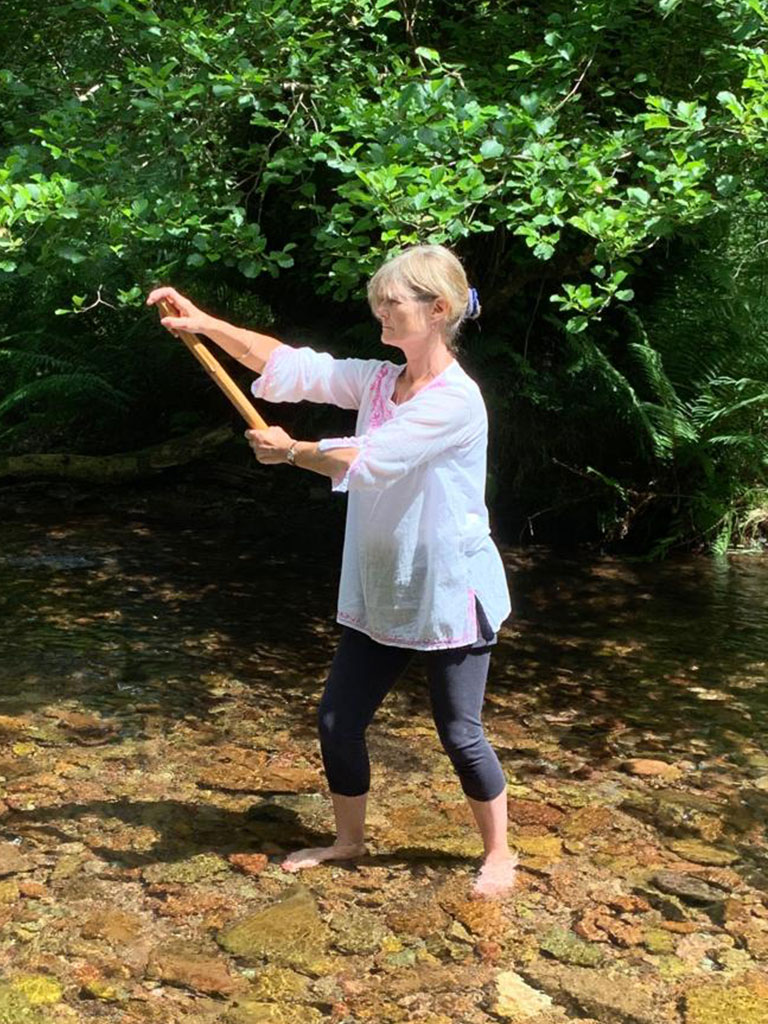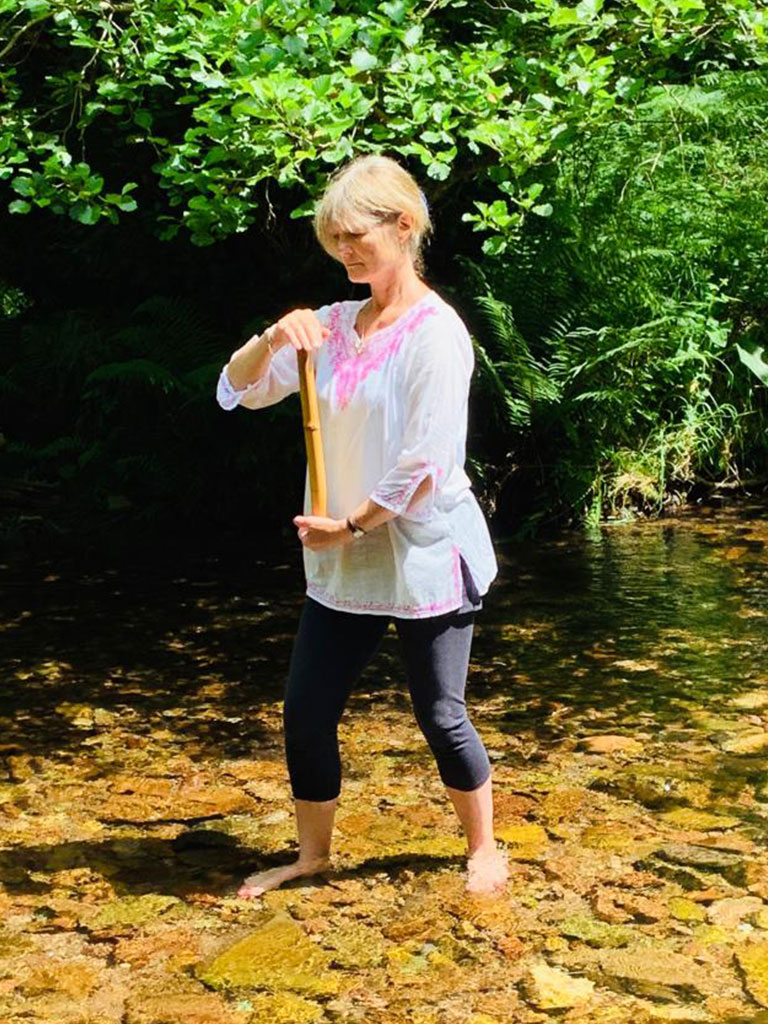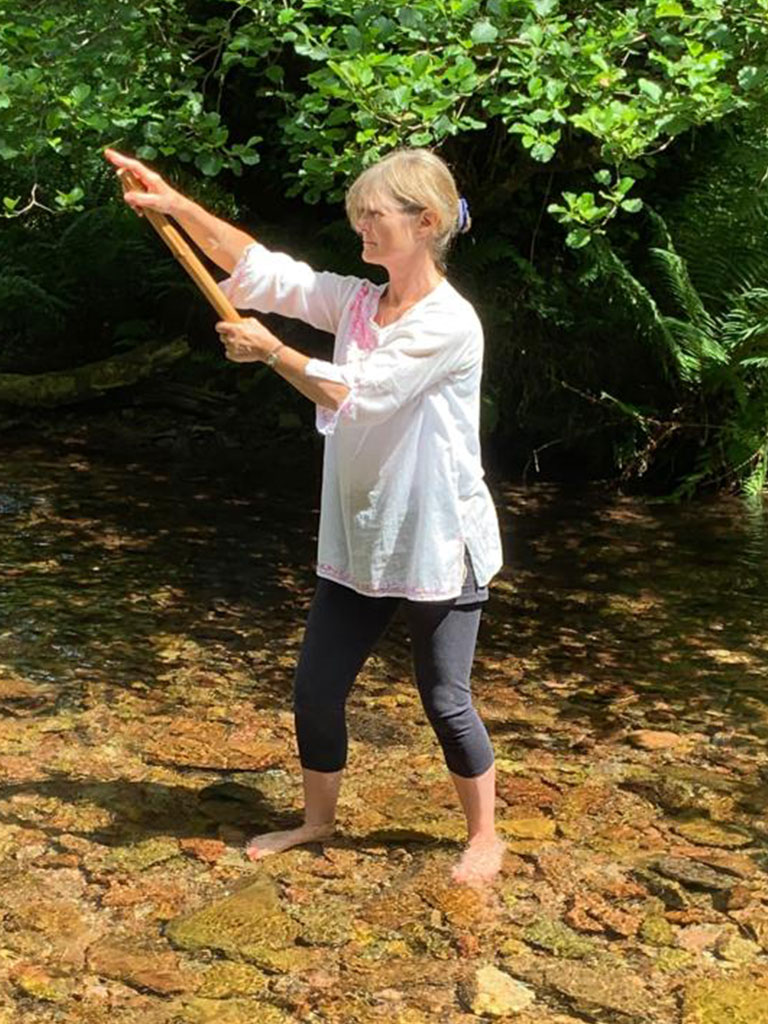Tai Chi Bang
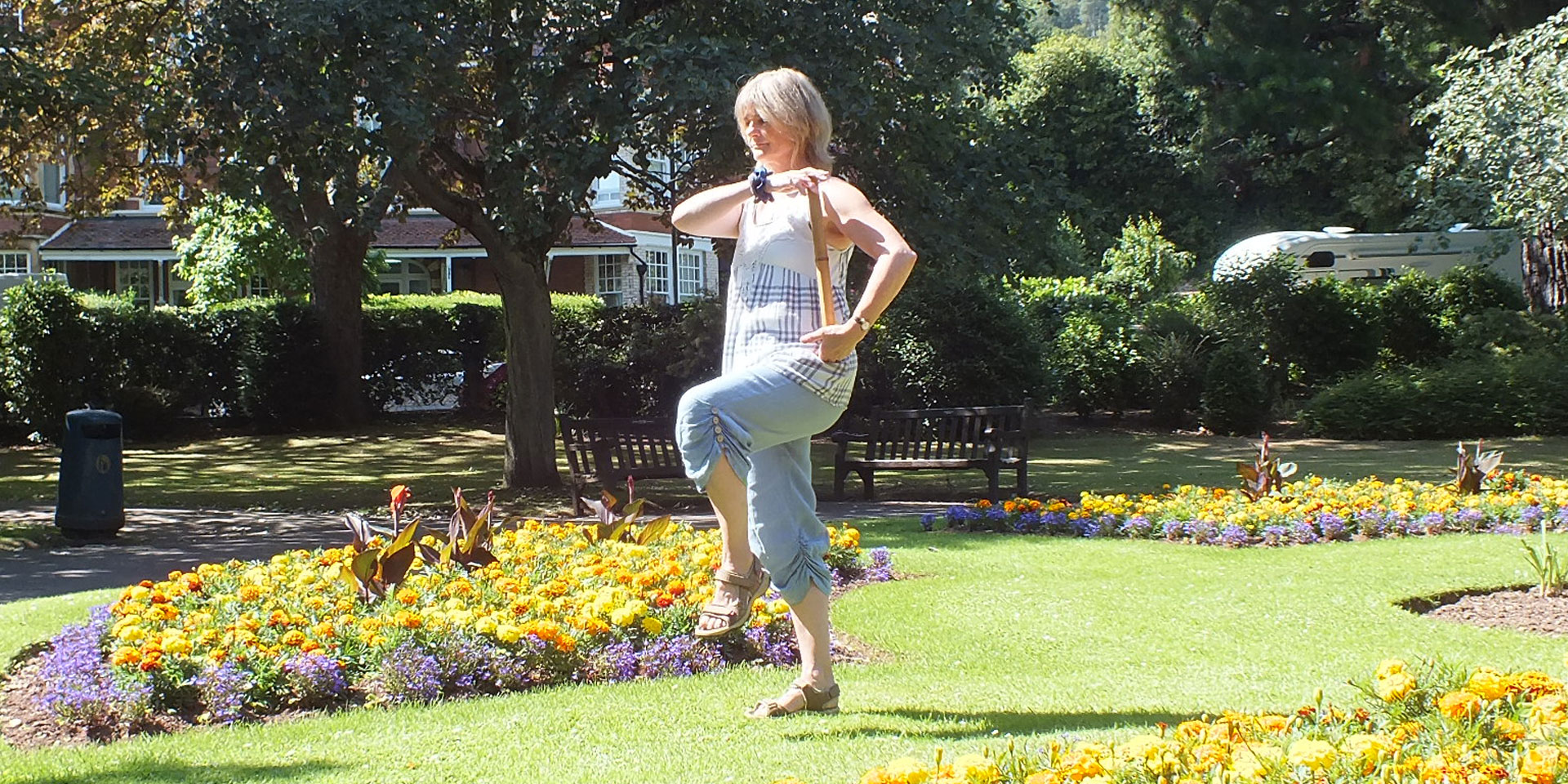
BOOK YOUR SESSION TODAY
Appointments can be arranged both during the week and at weekends. It is best to call me to discuss your particular requirements.
Tai Chi Bang
The words Tai Chi, describe the Chinese symbol for yin (feminine) and yang (masculine).
The Chinese believe that all life contains a blending of positive yang forces and negative yin power.
Yang represents positive light, active, male energy and yin is negative, dark, cool, gentle female strength.
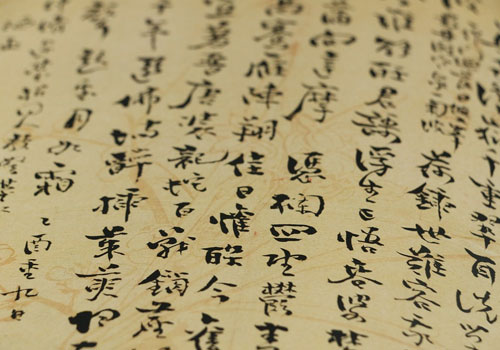
Ancient Chinese Writings
The ancient Chinese writings say that life cannot exist without a blending of these two forces. Yang continuously flows into and becomes yin and vice versa. For example night turns into day.
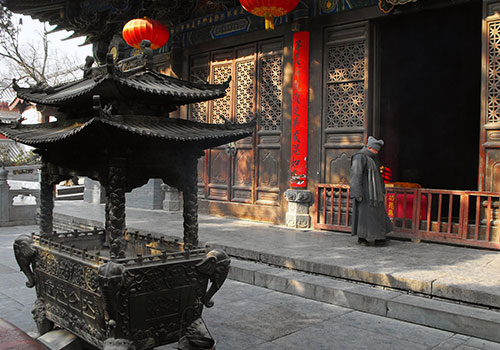
Shaolin Temple
Jang San Feng learned his martial art in the Shaolin temple. It is said that one day he was sitting by a window pondering the thought that most martial art systems used too much strength and heavy breathing, which was not good when combined with Taoist practice.
As he sat thinking, he noticed a bird and a snake engaged in a fight to the death. He noticed how relaxed both animals were and how the bird was sometimes soft and gentle and sometimes soft and hard, but always quick. He observed that the snake was similar, sometimes slow, sometimes quick, but always a combination of soft and hard power with light relaxed breathing.
It was from this observation that Jang San Feng developed Tai Chi Chuan.
The 13 Principle Techniques
There are 13 principle techniques common to all tai chi styles. They are broken down into eight hand techniques and five directions of footwork.
Tai Chi Bang uses 9 Principles
Four Hand Movements and Five Feet movements.
The Four Hand Movements
1. Ward Off left and Ward Off Right i.e. Casting the Fishing Net
2. Roll back i.e. Repulse Monkey
3. Press hands i.e. Go with the Flow
4. Push hands i.e. Pouncing Tiger
The Five directions of foot work
1. Central Equilibrium (weight distributed equally between both feet) i.e. Playing the Flute in Horse Riding Stance
2. Step Left i.e. Brushing the Knee
3. Step Right i.e. Brushing the Knee
4. Front or forward walking i.e. Go with the Flow
5. Back or backward walking i.e. Repulse Monkey
